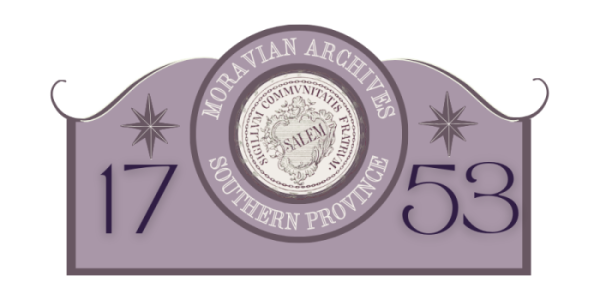First Moravian Church, Greensboro
In the early 1900’s the Moravian Church had established congregations in Salem and Winston and in the surrounding countryside. But now came our first endeavor in another major city.
By 1906 a number of Moravians had moved to Greensboro to work and live, and they expressed “much interest” in having a Moravian church there. Percy Kerner of Kernersville and Henry Snyder of Home Church raised even more interest. They “walked the streets evening after evening” to encourage the forming of a congregation. Their efforts bore fruit, for in 1908 the Province purchased the former Grace Methodist Church on East Lee Street, and on October 5 the Greensboro Moravian Church was formally organized by Bishop Edward Rondthaler.
In 1918 the congregation started a Sunday school on West Lee Street about a mile from the church on East Lee. A year later The Wachovia Moravian , the Province’s magazine, began to call the congregation the “First Moravian Church of Greensboro.” But bright prospects of growth turned dim when it was realized that the area surrounding First Moravian was “over-churched.” The congregation stagnated, then began to dwindle. Financial difficulties arose, and PEC doubted First Moravian’s future. The congregation needed a true renewal.
And that’s exactly what it got under two pastors. First Donald Conrad (1929-34) re-inspired the congregation with a number of new members. Then George Higgins (1934-41) shepherded it to a new site on Elam Avenue in western Greensboro. The property was purchased in 1937, and a “hut” was built. The “hut” was supposed to be only a temporary place of worship for the congregation, but it was more than 10 years before ground was broken for the new sanctuary. Finally on April 3, 1949, First Moravian dedicated its new church.
More progress followed. Six Sunday school rooms were added in 1951. A large Christian education and fellowship building was built in 1960. The sanctuary was enlarged by about 100 seats in the 1985.
Though it has had periods of struggle, the Province’s first venture into a large city besides Winston-Salem has shown resilience and a capacity for renewal.
